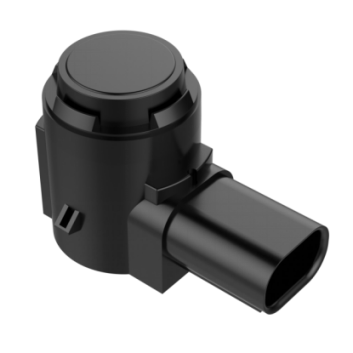The two major regulations that have transformed the assembly of commercial vehicle safety features have been in place for more than a year, but the proportion of new vehicle assemblies is not as good as the policy expectations. According to the GIGA Intelligent Vehicle Research Institute monitoring data shows that in 2021, the domestic operating trucks (tractor + truck) front standard dual warning (FCW + LDW) new car insurance volume of 659,500, accounting for the proportion of medium and heavy-duty trucks new car for 47.39%. The next policy implementation will certainly increase, so the question is, how do OEMs in the environment of fixed costs arising from the regulations to improve safety performance on the occasion of expanding the economies of scale?
Regulatory Background
On September 1, 2020, the "Safety and Technical Conditions for Operating Trucks Part 1: Goods Vehicles" (JT/T 1178.1-2018) and "Safety and Technical Conditions for Operating Trucks Part 2: Tractor Vehicles and Trailers" (JT/T 1178.2-2019) will be fully implemented. 18,000kg and the maximum speed is greater than 90km/h, as well as tractor-trailer vehicles should be equipped with lane departure alarm function and vehicle forward collision warning function.
Market Answer
“Ultrasonic radar + vision”solution, legal compliance, safety and affordability
After comprehensive evaluation and analysis, major commercial vehicle brands have tried to realize dual warning (FCW+LDW) functions with "ultrasonic radar + vision" solution, which conveys an effective message: "ultrasonic radar + vision" solution can meet the safety requirements of the policy with higher cost-effectiveness. This sends an effective message: "ultrasonic radar + vision" solution can meet the safety requirements of the policy at a more cost-effective price, and bring a better driving experience for drivers.
Multi-source sensing, anticipating safety
"Ultrasonic radar + vision" solution is a multi-source sensing solution, the vision part is mainly used for distant monitoring, ultrasonic radar can cover the detection range within 5m, to compensate for the camera's monitoring blind spot.

Regulations require that FCW should comply with the provisions of GB/T 33577 and LDW function should comply with the provisions of JT/T 883. In other words, the standard for determining whether the performance of ultrasonic radar is sufficient to be the "partner" of visual perception lies in whether it complies with the above regulations.

GB/T 33577 and JT/T 883 will be obstacles to vehicle detection area is divided into four categories, compared with the two regulations in the obstacle vehicle detection area and performance requirements, it can be concluded that the ultrasonic radar range of 5 meters to meet the two regulations at the same time for d0: the minimum detectable distance (≤ 2m), d1: with the ability to measure the distance to the minimum detection distance (about ≤ 3.3m) and d2: range of type Ⅲ system for the visual perception part of the "partner" standard. : the minimum detection distance (≤5m) of Type III system in the range for the front vehicle with 20% lateral offset, that is to say, the performance of ultrasonic radar meets the standard and is sufficient to match with the visual perception device and become the core component of FCW perception.
Mature technology, cost-effective
As we all know, ultrasonic technology in the automotive field of application technology is mature, has long formed a large-scale use. Compared with microwave ranging, laser ranging, whether it is the technical difficulty or product cost, in the intelligent assisted driving system in the proximity detection has an incomparable advantage, and thus has been widely used. In terms of FCW function for commercial vehicles, the use of "ultrasonic radar + vision" solution is naturally more cost-effective than other multi-source perception solutions, lower cost accompanied by a larger bargaining space, the car company's market expansion will have a greater feasibility.

- Measuring distance 250~5000mm
- Self-contained digital signal output (LIN) and self-test signal function
- Good weather resistance, stability and anti-interference properties
Comprehensive policy conditions, performance requirements, cost comparisons and the future of the market, the application of "ultrasonic + vision" solution for branded commercial vehicles is indeed a wise move, is the OEMs in the regulatory environment of fixed costs, both to improve safety performance, but also expand the scale of the benefits of the feasible road. It is worth mentioning that AUDIOWELL's independently developed FCW application product - forward collision avoidance ultrasonic sensors have long been realized in mass production and used in domestic first-tier commercial vehicle brands.







 Focus on us
Focus on us